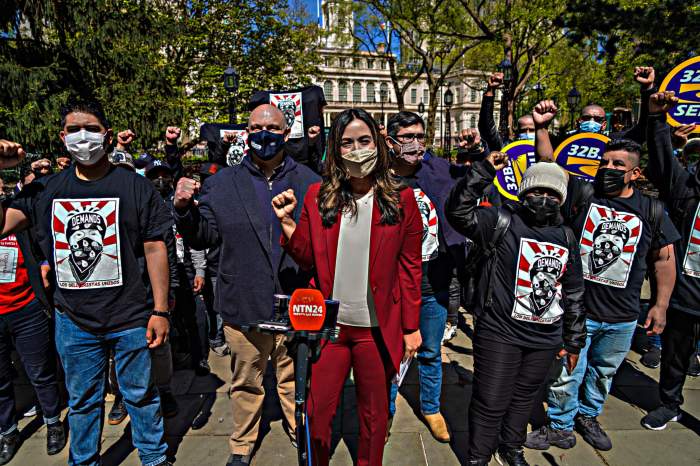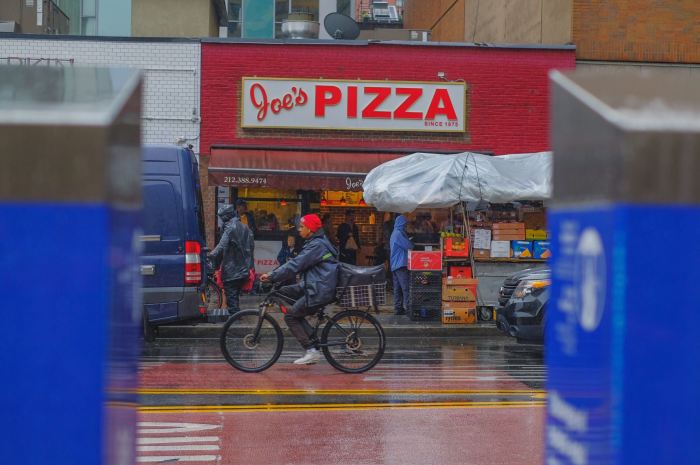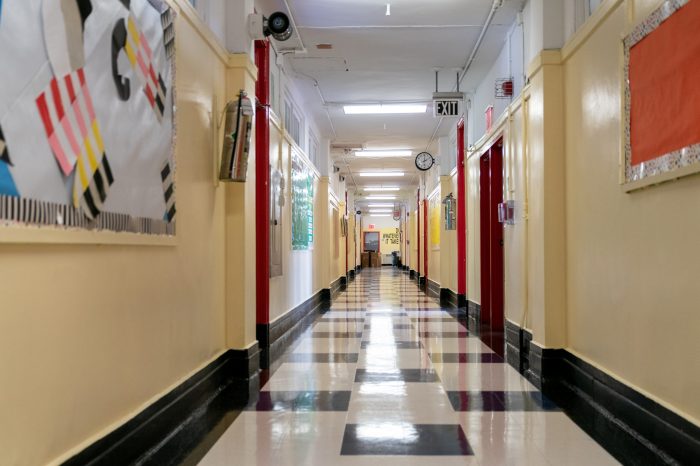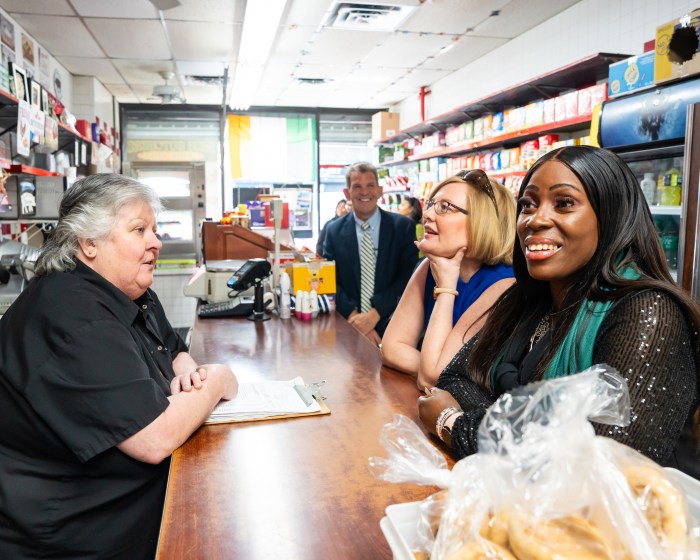Executive Director of the Independent Commission on New York City Zachary Katznelson testified Wednesday regarding the plan to close Rikers Island, stating that the situation could not be more dire.
Last week, two men perished in the custody of Rikers Island, the latest in a long morbid list of lost souls. Herman Diaz, 52, allegedly lost his life after choking on an orange while there were no correctional officers present to aid him. This stark lack of staff versus inmate ratio has been decried by advocates for years, while staff themselves state dangerous and hellish working conditions.
With both incarcerated and correctional officers residing in what those who have laid eyes on the inside described as deplorable, the need to close Rikers Island is now said to be a race against time.
“Almost no one leaves Rikers better off than when they went in – not staff, not incarcerated people. Most of the people hurt by Rikers are Black or Latinx. Closing Rikers could not be more urgent,” Zachary Katznelson said, standing before the New York City Council Committee on Criminal Justice on March 23.
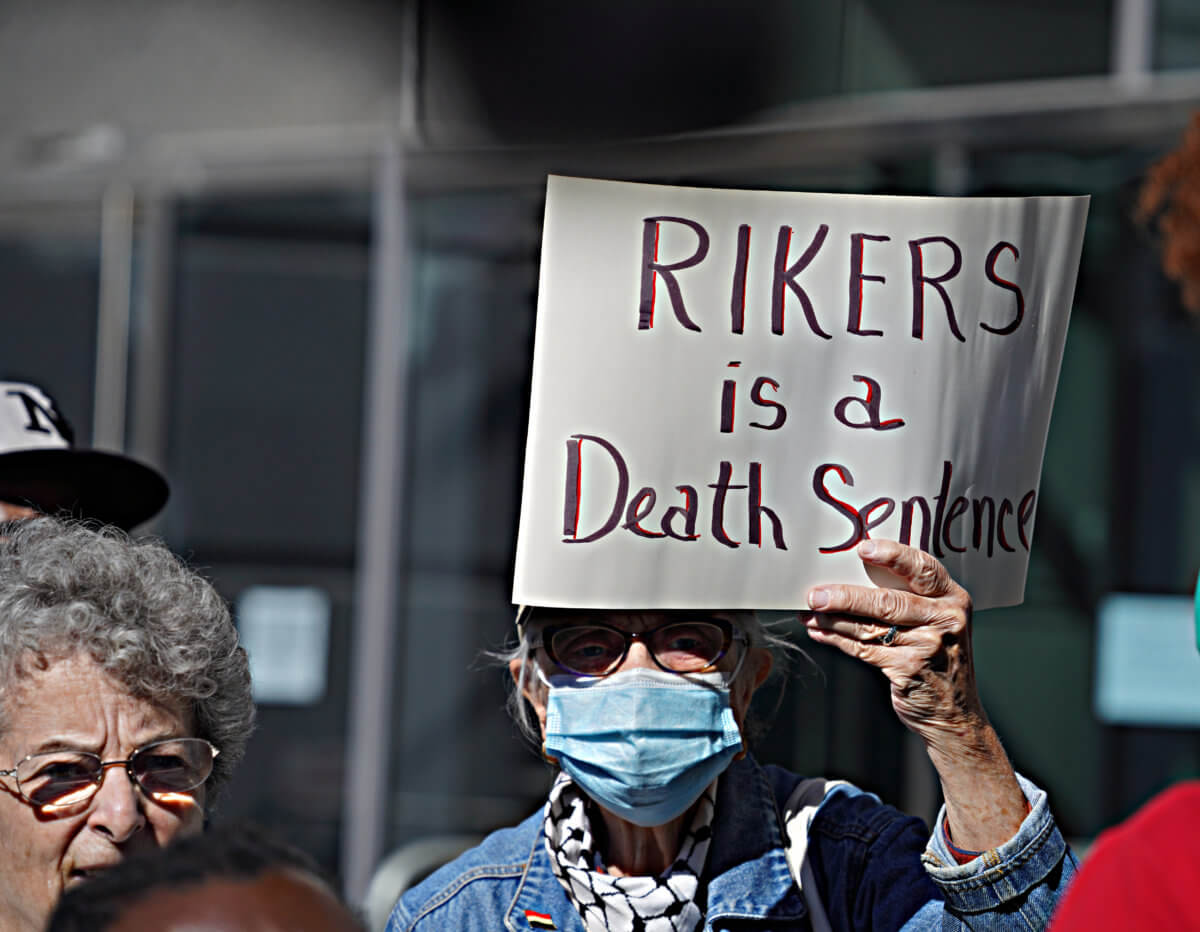
With conditions reportedly some of the worst in all of the state, Katznelson also testified that many of those experiencing these hardships could, in fact, be innocent of the crimes they are accused of.
“Almost 90% of the people at Rikers are pre-trial and are meant to get a speedy trial. Yet, 1,500 people have been in jail over a year waiting for their day in court,” Katznelson said.
It is due to aspects such as these the Executive Director named the penal island as a “Terrible investment.” Stating that the facility costs taxpayers at least $750 million, Katznelson believes there are ways to relieve a bloated system.
“A supportive housing bed costs $42,000 per year. Rikers costs over $500,000 per year – and a victim may well already have been hurt. The City should significantly increase its investment in supportive housing, including proven women and gender-expansive programs like SHERO. To safely lower the jail population, the City should establish and fund Population Review Teams made up of senior representatives of every justice agency. Borough by borough, case by case, the teams would collaboratively examine whether people in Rikers can be safely released, with conditions and support, or whether their cases can be resolved,” Katznelson said.
Also rebuking the notion that the jail should, ironically, be rehabilitated by having the facility renovated. Katznelson says rebuilding Rikers would cost up to 15% more than constructing borough jails, such as what had been dubbed a controversial mega jail in Chinatown.
“Demolition and construction on an isolated former garbage dump plagued by methane and asbestos, while having to work around an active jail complex, is incredibly challenging and expensive. New jails on Rikers would also do nothing to address the isolation that allowed the lawlessness and lack of accountability at Rikers to fester for decades. Borough jails are the only realistic chance we have to close Rikers this generation. They are on pace and on schedule. That must continue,” Katznelson said.



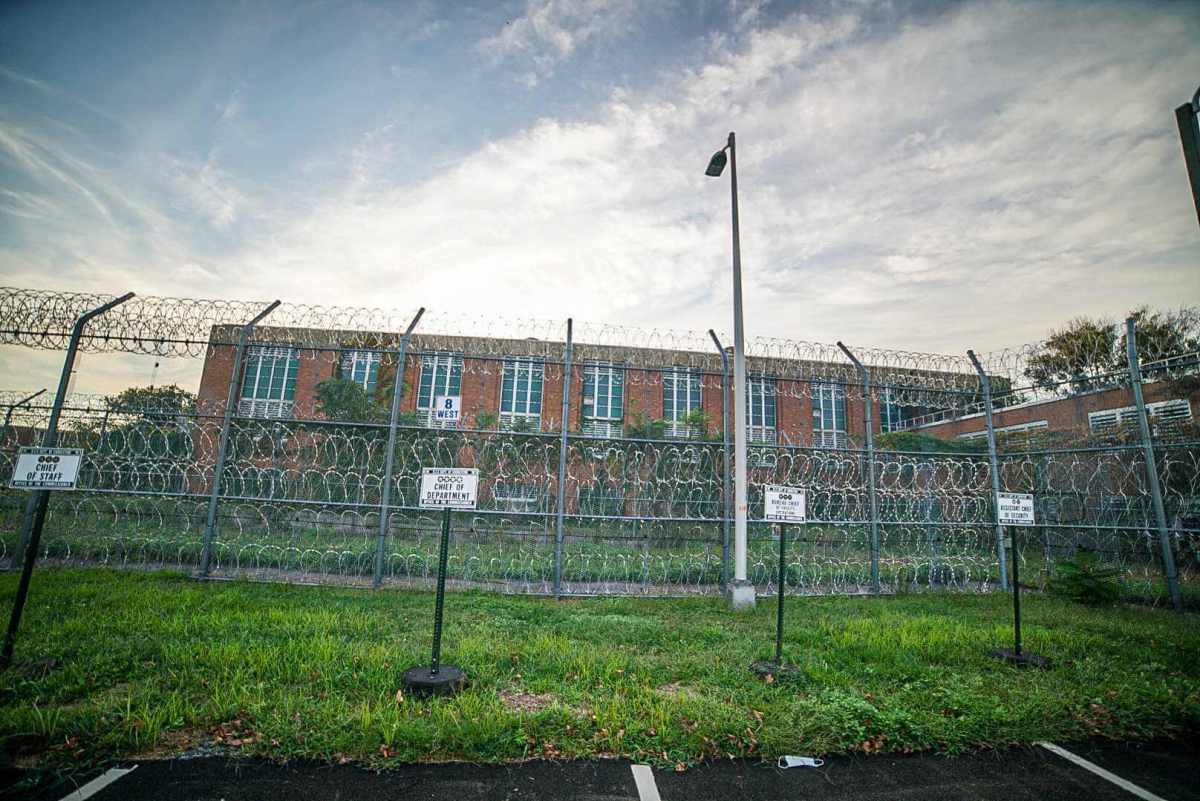







![City Council Committee on Health Chair wants more answers to how school will look this fall 3 City Councilman Mark Levine [Photo provided by Jake Sporn]](https://www.amny.com/wp-content/uploads/2021/02/Levine-Health-Hearing-2-scaled-1.jpg?w=700)
